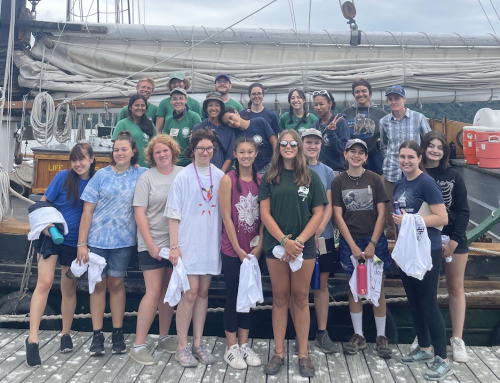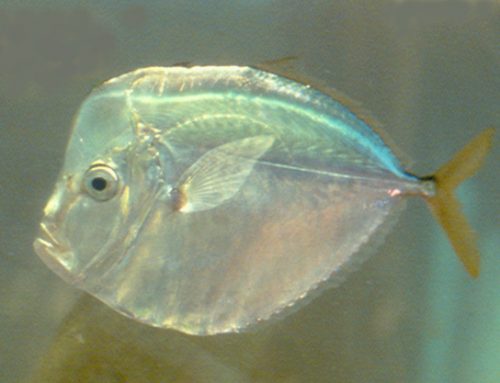By Maija Niemisto
Editor’s Note: Through the winter months, Clearwater educators – eager to teach, and learn! – will post an Educator Blog covering the Hudson River from Lake Tear of the Clouds to the NYC Battery. Dividing the river into 15 to 20-mile-long stretches, we will cover the entire river by the time we’re sailing again in April. Our tri-fold focus will cover Cultural History, Natural History, and Environmental Issues, and will include factoids and ponderables to stimulate the minds of even the most seasoned river lovers!
Natural History: This stretch of the Hudson from river mile 285 to 300 is a breathtakingly beautiful length of river that cuts past the abandoned Tahawus Iron Mine and then flows south through Sanford Lake, Harris Lake, and Rich Lake before meeting the Indian River and cutting to the east to form the Hudson Gorge and boarder between Essex and Hamilton Counties. The lakes provide moments of calm for the river surrounding the town of Newcomb. As the Hudson passes this mountain village, it becomes a winding white rush of cold water attractive to rafters and hikers as a spot to begin excursions down toward the Hudson Gorge, featuring a stunning rock face cliff of over 1,800 feet above the water.
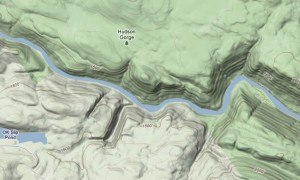
Topographical Map Of Hudson River Gorge
In 1879 , Canadian artist, Homer Ransford Watson was inspired by the Hudson River School Painters and traveled to the Adirondack peaks to paint. This is the dramatic, if slightly exagerated, Hudson River Gorge.
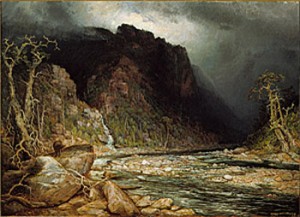
Homer Ransford Watson's "A Coming Storm in the Adirondacks"
Cultural History: Taking their name from the European mispronunciation of an Algonquin word for Mount Marcy, The Tahawus Iron and Steel Company began mining on this narrow bend of the Hudson River in 1826. Tahawus is translated as “cloud-splitter” or “sky piercer”, which hints at the majesty of mountain peaks surrounding the mine site. Operations ceased in 1857 due to titanium impurities in the iron ore that could not be removed with onsite technology.
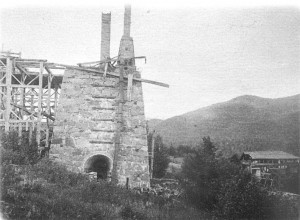
Tahawus Iron Company Blast Mine. Photo by Margaret Bourke-White
The blast furnaces, forges, stamp mills, gist mills, machine shops and powder houses lay dormant until WWII when titanium became a desired commodity. The Open Space Institute began a conservation project on the abandoned mine site, dubbed the Tahawus Tract, and by 2006 had demolished and cleaned all but one remaining structure. The only existing building now is the cottage where Theodore Roosevelt stayed on his voyage to assume his presidency after the assassination of William McKinley in 1901.
Environmental Issues: There are many environmental challenges to the delicate high peaks region through which the Hudson flows on the beginning of its journey to the Atlanitc Ocean. Perhaps the most difficult to protect against are the affects of global climate change. When teaching about climate change onboard Clearwater, we often use the North Pole as an example of where warming temperatures and ice melting is having negative affects on the local and global ecosystem, but even between River Miles 285 to 300 on the Hudson, rising temperatures are changing the climatic variations.
Historically, fall comes earlier and spring comes later to the Adirondacks than anywhere else in New York. The deep freezes that lay the Hudson under feet of ice and snow are essential to the northern wildlife species that live there. Already populations of spruce grouse are declining and pests such as mountain pine beetle and black-legged tick are on the rise due to warmer winters. A recent publication by Jerry Jenkins, “Climate Change in the Adirondacks” provides communities with a path towards sustainability. Jenkins predicts that even with a decrease of our individual and societal use of fossil fuels, the future snow cover in the high peaks region will decline dramatically.
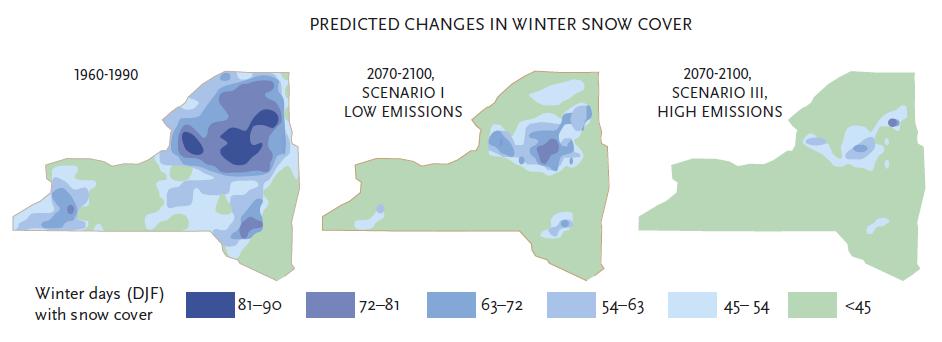
It’s up to each of us to protect the Hudson River from her headwaters to the Atlantic Ocean. We must reduce our carbon emissions to preserve the delicate–and beautiful–high peaks region!


